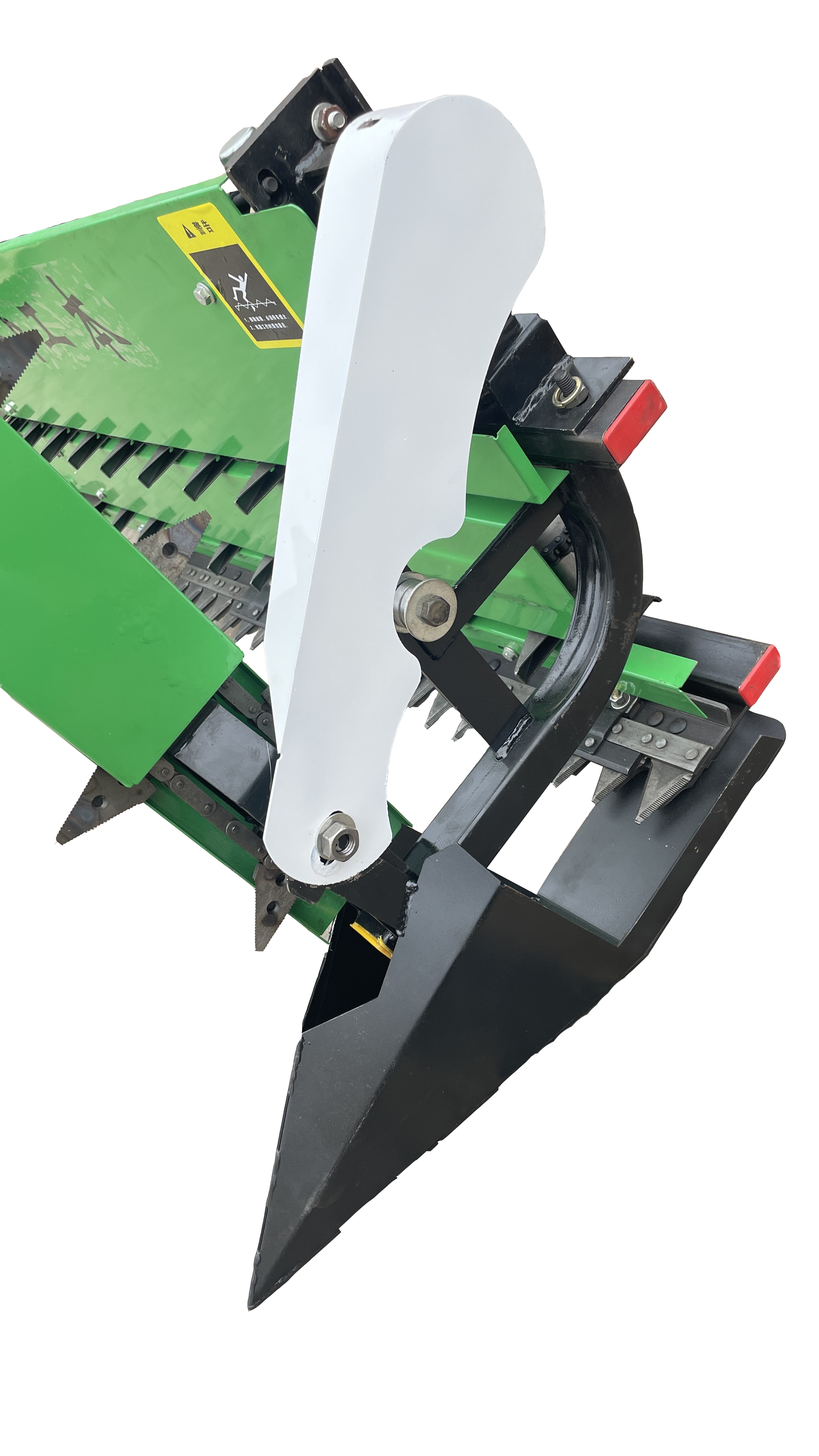Grain Harvesting Machines for Efficient Farming and Crop Management Solutions
The Evolution and Impact of Grain Harvesters
Grain harvesters, often referred to as combines, are essential machines in modern agriculture that have revolutionized the way crops are collected. These machines have transformed the labor-intensive process of harvesting grains like wheat, corn, and barley into a more efficient and less time-consuming operation. The history of grain harvesting is filled with innovation, and understanding the evolution of these machines can provide insight into their significance in today’s agricultural practices.
The journey of the grain harvester begins in ancient history with rudimentary tools. Early farmers used sickles and scythes to manually cut down crops, a method that was laborious and time-consuming. As agricultural societies advanced, so did the technology. The first significant development came in the 19th century with the advent of the mechanical reaper invented by Cyrus McCormick in 1831. This invention mechanized the cutting of grains and increased efficiency, paving the way for future innovations.
However, it was not until the late 19th century that the combine harvester, which could both cut and thresh wheat, was introduced. This merging of functions significantly reduced labor needs and increased the speed of harvesting. Early combines were pulled by horses, and farmers often faced challenges such as uneven grain sizes and field conditions. Despite these issues, the mechanical combine represented a giant leap forward compared to manual harvesting methods.
The 20th century ushered in further advancements. With the introduction of gasoline engines, combines became more powerful and efficient. Manufacturers began to innovate not only in power source but also in design, focusing on improving the moving parts of the harvester, which allowed for better grain collection and reduced waste. As the agricultural industry grew, so did the demand for larger and more efficient machines. This led to the development of self-propelled combines that increased harvesting capacity even further.
grain harvester

Modern grain harvesters are equipped with cutting-edge technology, including GPS and precision farming software. This technology allows farmers to optimize their harvesting strategies, monitor crop yields, and reduce fuel consumption. The integration of automation has also played a significant role in refining harvesting processes. Features like automatic steering systems and yield monitors enable farmers to gather data and make informed decisions about crop management.
The impact of grain harvesters extends beyond mere efficiency; they play a crucial role in ensuring food security. As the world population continues to grow, the demand for food increases exponentially. Grain harvesters allow for the production of large quantities of grains, which are staple food sources across the globe. Enhanced harvesting capabilities can lead to reduced food shortages and lower prices for consumers. Additionally, modern combines help in minimizing soil compaction and optimizing harvest timing, which can lead to healthier crops and sustainable farming practices.
Moreover, the environmental considerations surrounding grain harvesting have become an increasingly important topic. Technological advances in harvesters not only increase productivity but also help reduce the environmental impact of farming. Many modern combines are designed for fuel efficiency, which lessens their carbon footprint. Some manufacturers are exploring electric and hybrid options to further address environmental concerns in agriculture.
However, the increased reliance on technology in farming also raises questions about the future of labor in agriculture. While grain harvesters reduce the need for manual labor, they can also lead to job displacement among agricultural workers. This transition necessitates the need for reskilling and upskilling of the workforce to meet the demands of a technologically advanced agricultural sector.
In conclusion, grain harvesters embody the spirit of innovation in agriculture and have significantly influenced the efficiency and capacity of food production. From their humble beginnings as hand-held tools to the high-tech combines of today, these machines have revolutionized the harvesting process. As technology advances and we face global challenges such as food security and environmental sustainability, the role of grain harvesters will undoubtedly continue to evolve and remain a critical component of modern agriculture. In navigating these changes, it is essential to balance efficiency with social responsibility, ensuring that advancements benefit both the agricultural industry and society as a whole.
Latest news
-
When to Upgrade Your Old Forage HarvesterNewsJun.05,2025
-
One Forage Harvester for All Your NeedsNewsJun.05,2025
-
Mastering the Grass Reaper MachineNewsJun.05,2025
-
How Small Farms Make Full Use of Wheat ReaperNewsJun.05,2025
-
Harvesting Wheat the Easy Way: Use a Mini Tractor ReaperNewsJun.05,2025
-
Growing Demand for the Mini Tractor Reaper in AsiaNewsJun.05,2025







